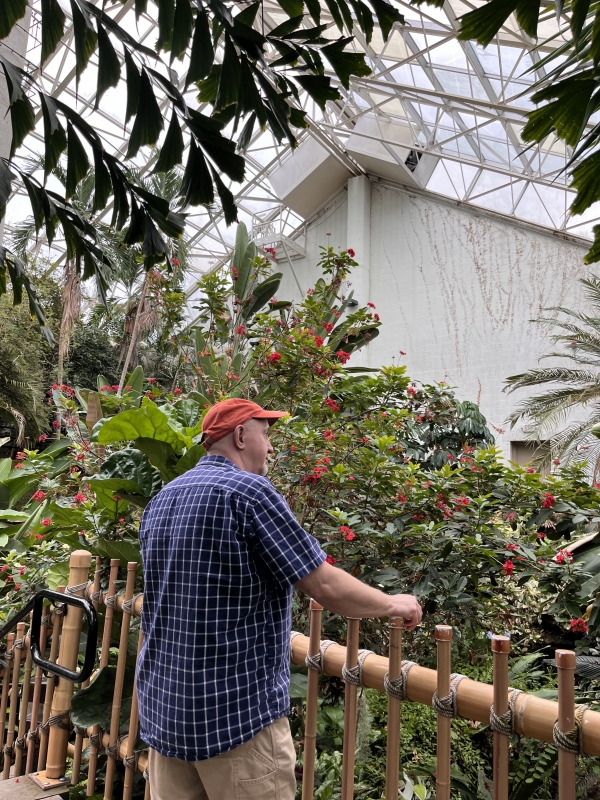
To Juniper and Asher: May you know that your Grandpa tried.
As a young boy, I grew up amongst the Amish culture of northern Indiana during the 1970s and early 80s. This simple country setting provided a panoramic view of large red barns and white two-story wooden houses surrounded by green fields of hay and corn. Dairy cows and large draft horses grazed out in open pastures, and Amish buggies drawn by Quarter horses traveled down long country roads of the Hoosier farmland. The pastoral backdrop of my boyhood would provide me the small-scale lessons of stewardship needed for living in a complex world. At the same time as my youth, two remarkable pioneers of science and exploration emerged to express larger-scale lessons of stewardship for the benefit of humanity. Jacques Cousteau was the first person who championed the need for preserving and protecting the ocean environment, and Carl Sagan initiated a cosmological view of life for humanity.
From my rural setting, two distinctive characteristics of the Amish stand out in my memory. One quality of the Amish is their lifestyle of managing modernity in balance with the traditional values of their rural community. The Amish have conscientiously minimized technology usage and other consumer goods they need for interacting with the modern world. Another quality of the Amish is their deeply rooted sense of kinship with one another. A person who spends a reasonable amount of time in an Amish community may have the opportunity to witness an old-fashioned barn raising. The Amish community joined together to build a necessary tool for one of their members and did so with hand-crafted and natural materials. A strong sense of cooperation and unity are foundation stones of the Amish culture.
Despite my rustic surroundings, I was lucky enough to have access to one of the four television channels available in the area where I lived, the Public Broadcasting Service (PBS), which provided the weekly and one-hour-long documentary series of Jacques Cousteau and his oceanic adventures on his research vessel - Calypso. I enjoyed watching the weekly documentary as Captain Cousteau and his crew brought a sense of awe to the audience about marine ecosystems and fueled new ideas about how humanity should relate to the natural world. Captain Cousteau began to show the world how widely connected all life is. His explorations and discoveries revealed the great depths of the planet's oceans.
At the same time that Cousteau was exploring the oceans, the acclaimed scientist Carl Sagan revealed to the world the workings of a magnificent cosmos. One of the most remarkable and distinctive revelations by Carl Sagan was that all life on Earth and the Earth itself was created from the explosions of massive stars billions of years in the past. Using one of Carl Sagan’s most famous quotes, “We are made of starstuff.”
Now, I realize this starstuff idea may not be revolutionary to anyone; however, it is extraordinarily relevant for everyone. To recognize and honor the differences throughout our humanity is to identify and celebrate our commonality as humans - starstuff. Taking a line and expanded view from Max Erhmann's poem Desiderata: “You are a child of the universe no less than the trees and the stars; you have a right to be here.” You, me, and us.
Going even more profound, as both Cousteau and Sagan did, we may begin to understand our shared connection with all other life on this Blue Planet. As much as you and I come from the stuff of stars, so does every other living organism on this planet. All humans have a cosmological connection to one another, and we share the same link to the Giant Sequoias growing in Northern California, to the Polar Bears roaming the vastness of the Arctic wilderness, to the Blue Whales gliding through rolling waves of the Southern Ocean, to all of the oceans themselves. We as a species have the opportunity to remember that our cosmological connectivity gives us an important and prized reason to be meticulous stewards of one another and nature. Working towards and for the common good.
Finally, I end where I began, with my grandchildren and a thought from Rabindranath Tagore, who won the Nobel Prize in 1913 for Literature. “The one who plants trees, knowing that he will never sit in their shade, has at least started to understand the meaning of life.” As a grandparent and educator, I feel responsible for sharing, teaching, and encouraging a sense of kinship, connection, and stewardship to my granddaughter, grandson, and a generation of young adults. As someone who has lived through remarkable moments of modern humanity, such as the fall of The Berlin Wall, the reunification of Germany, and the Nijmegen Marches, I have experienced the accomplishments humans can achieve when connected working for a common cause. Those opportunities have become stories I can share with my grandchildren to foster an affinity for the common good. Likewise, as a teacher, I can share those experiences to encourage you Postechians to work toward the common good too!


